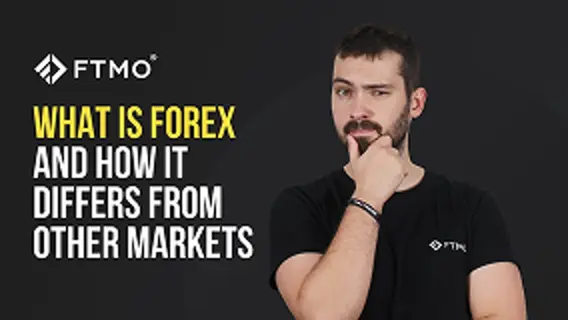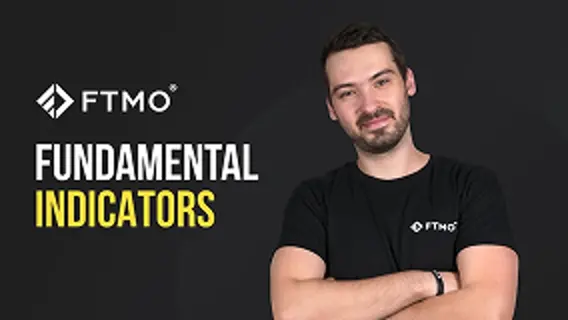
Slippage & Order Execution
After reading this article, you will be able to create a habit to stay aware of:
- Market Rollovers
- Significant news releases
- Volatile markets
- Low-liquid assets
- Weekend gaps
What Is Slippage?
Slippage is the difference between the expected price and the executed price. It ensues when the order execution is fulfilled at a different price than requested. Most of the time, slippage can be observed under various circumstances.
The first is when the market is experiencing low liquidity and this can be observed especially during Market Rollover when major financial institutions in the world are closed. Therefore, markets across the globe lack liquidity and trading during this time may lead to slippage as the counter order necessary to fill the execution request might not be available at the desired price level. Spreads are also higher when liquidity is thin. In the chart below, you can see the market hours of major trading sessions in the world.
The transition between the U.S. session and the Asian session can be considered as the Market Rollover. There certainly are minor financial institutions in the world operating during that one-hour gap such as in New Zealand or in Australia, however, the amount of available liquidity is very limited.
A similar effect of slippage during the Market Rollover can be also observed in low-liquid assets. In Forex, these instruments are mostly minors or exotic forex pairs that struggle to have a sufficient level of liquidity compared to forex majors. For this very simple reason, such assets tend to experience higher spreads and slippages.
Another instance of slippage occurrence is when the market experiences high volatility. We can observe this during significant macroeconomic news releases, such as during the U.S. NFP, as depicted in the chart below.
So far, we have learned that an order can be filled exactly at the same price that you requested, therefore, it will not show any slippage. However, on the other hand, there are situations in which the executed price of your order is different which in result leads to two types of slippages – Positive or Negative. Since there are two market orders to complete a trade, slippage may occur both at the entry, as well as at the exit of a trade.
Positive Slippage
Positive slippage happens when a trade is executed (open or close) at a price that benefits the trader.
We recognize two scenarios:
- When the Ask price has decreased while hitting a Buy button. In other words, when you open a buy order which eventually gets filled below the trigger price, giving you extra room for more profit.
- When the Bid price has increased while hitting a Sell order. In other words, when you open a sell order which eventually gets filled above the trigger price, giving you extra room for more profit.
The above scenarios, as you might have noticed, only illustrate orders at the entry. But what about orders to exit a position? In practice, when you are submitting an order to exit a buy position, you are technically submitting a market order to sell and if the position gets closed on a higher bid price than the price you have expected, you have then received positive slippage at the exit of this buy position. It goes the same way for sell orders as well.
Negative Slippage
A less favorable slippage, called a negative slippage, can happen under the same circumstances as the positive slippage when an order gets filled at an unfavorable price for the trader.
- It can happen when a buy order is triggered on a certain price level, and the order gets filled above the expected price.
- It can happen when a sell order is triggered on a certain price level, and the order gets filled below the expected price.
As we have learned about the types of slippages with graphical examples above, the main reason for their occurrence is simple. Since orders need some time to be delivered to the server on which it is executed, meaning the order is paired with the available quotes of the liquidity providers resembling market liquidity. Due to the time that takes the order to arrive on the server, the slippage may vary. The route the order travels can be seen in the picture below.
Spread Widening
To grasp the principle behind spread, first we must distinguish between the Ask and the Bid price for each instrument.
When you place a buy by market order, meaning you go long on the instrument, your order will be executed by the Ask price. Whenever you want to close the position, it will be filled at the Bid price. If we want to sell, it works in the reversed order - sell (short) is executed by the Bid price, while the close is executed by the Ask price.
The difference between Ask and Bid prices is called a spread.
In a real market execution model, the spread keeps moving and tends to widen during highly volatile times or when the liquidity is scarce. On the other hand, spreads tighten when there is plenty of liquidity in the market.
News events, rollovers of the market and political instability are factors that can trigger volatility in the market, affecting liquidity and widening spreads. In reality, the spread ticks during the market rollover can widen considerably, often taking trader’s SL with a slippage that appears unrealistic under the naked eye, yet resembling the real spread ticks at a given time during low liquid markets.
Spread widening is a very critical aspect of trading and every experienced trader should know how to handle their positions during times of low liquidity. Stop-Loss doesn’t guarantee fill on the desired price level as the widened spreads can cause slippage. This should never be underestimated.
Live Execution VS Instant Execution
Live execution is the accurate way an order is being processed. Technically speaking, when an order is placed via the trading platform, it travels from the local platform of a trader onto the server where liquidity provider(s) match the order with a quote and revert a confirmation to the trader’s platform where the order was placed from. The prices shown at the historical charts or used as triggers for pending orders are always the top-of-book prices. However, the market also has depth; these are the available prices at different volumes as individual prices cannot have unlimited supply. If the size of a client’s order is larger than the volume available at the top price, then the order will be filled at deeper levels where enough liquidity exists. This may create the impression that the order experienced slippage, but in reality, it was executed correctly according to the actual market depth and conditions at that time.
On the other hand, the instant execution model is the type of execution in which the platform completely ignores the liquidity provider(s) and market data. In practice, this can be observed on classical demo accounts at most of the retail brokers. Trader comfortably receives instant confirmation of the trade, without even considering market depth and order book. This is an artificial shortcut as opposed to real live market execution.
At FTMO, even though provided accounts are simulated, we were able to implement the live execution model that brings our traders the true experience of the real market. Our aim is to not only provide the opportunity to experienced traders with the meaningful account size to trade, but to educate novice traders and prepare them for trading as if they were on a real market. This is only possible thanks to technologies that allow us to reflect the real live market trading conditions as if you were on a live account.
Conclusion
In this article, we have learned that slippage does not have to be an unpleasant outcome but also a nice surprise in addition to the positive result of a trade. Every slippage can either be Positive or Negative. What triggers a slippage are market rollovers, spread widening, significant news releases, volatile markets, low liquidity and/or weekend gaps. At FTMO, we provide traders with the best conditions and robust technical infrastructure, reflecting real markets in real-time. Besides this, we strive to educate traders about all the aspects related to trading so that we bring them the most transparent picture about how things factually work, making traders aware of all circumstances related to their trading progress and experience. In case you are unsure or suspect a technical issue in the processing or the execution of your trade, our Support Team is always ready to review your trade and bring clarity to any possible misunderstanding you might have.
All information provided on this site is intended solely for educational purposes related to trading on financial markets and does not serve in any way as a specific investment recommendation, business recommendation, investment opportunity analysis or similar general recommendation regarding the trading of investment instruments. FTMO only provides services of simulated trading and educational tools for traders. The information on this site is not directed at residents in any country or jurisdiction where such distribution or use would be contrary to local laws or regulations. FTMO companies do not act as a broker and do not accept any deposits.
About FTMO
FTMO has developed a two-step evaluation process to find trading talents. Upon successful completion, you may be eligible for an FTMO Rewards Account with a balance of up to $200,000 in simulated funds. How does it work?











